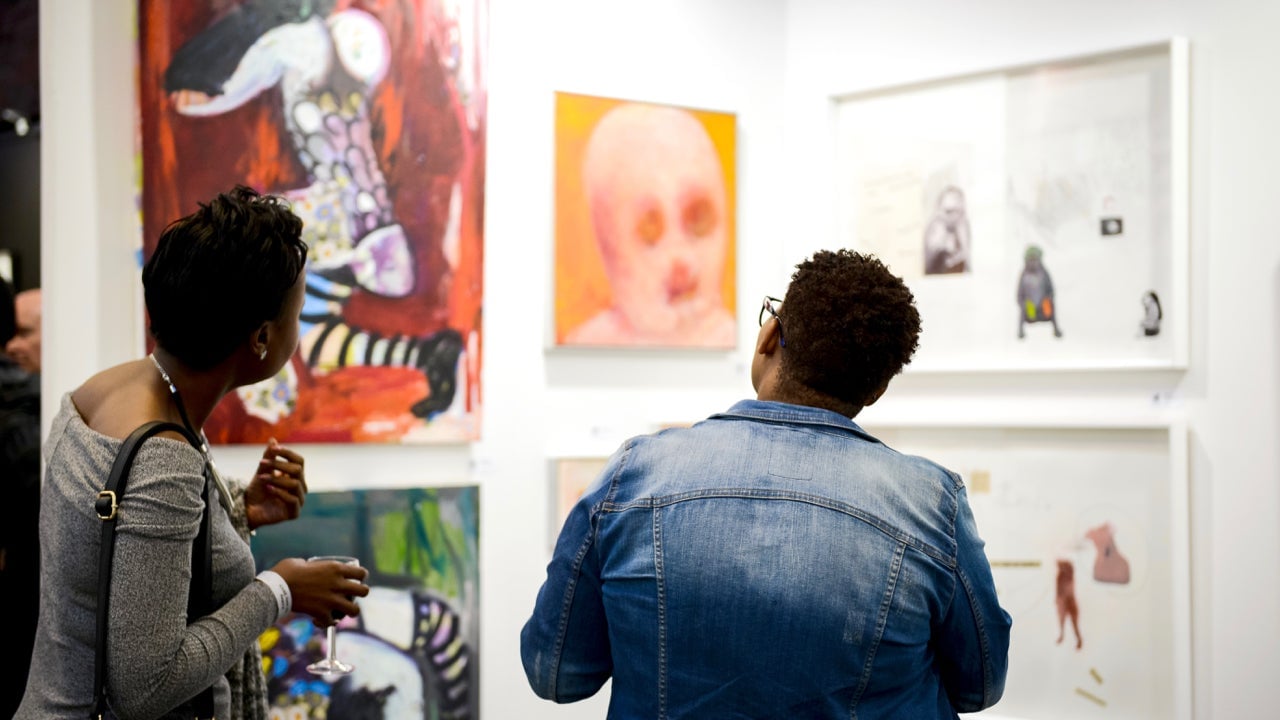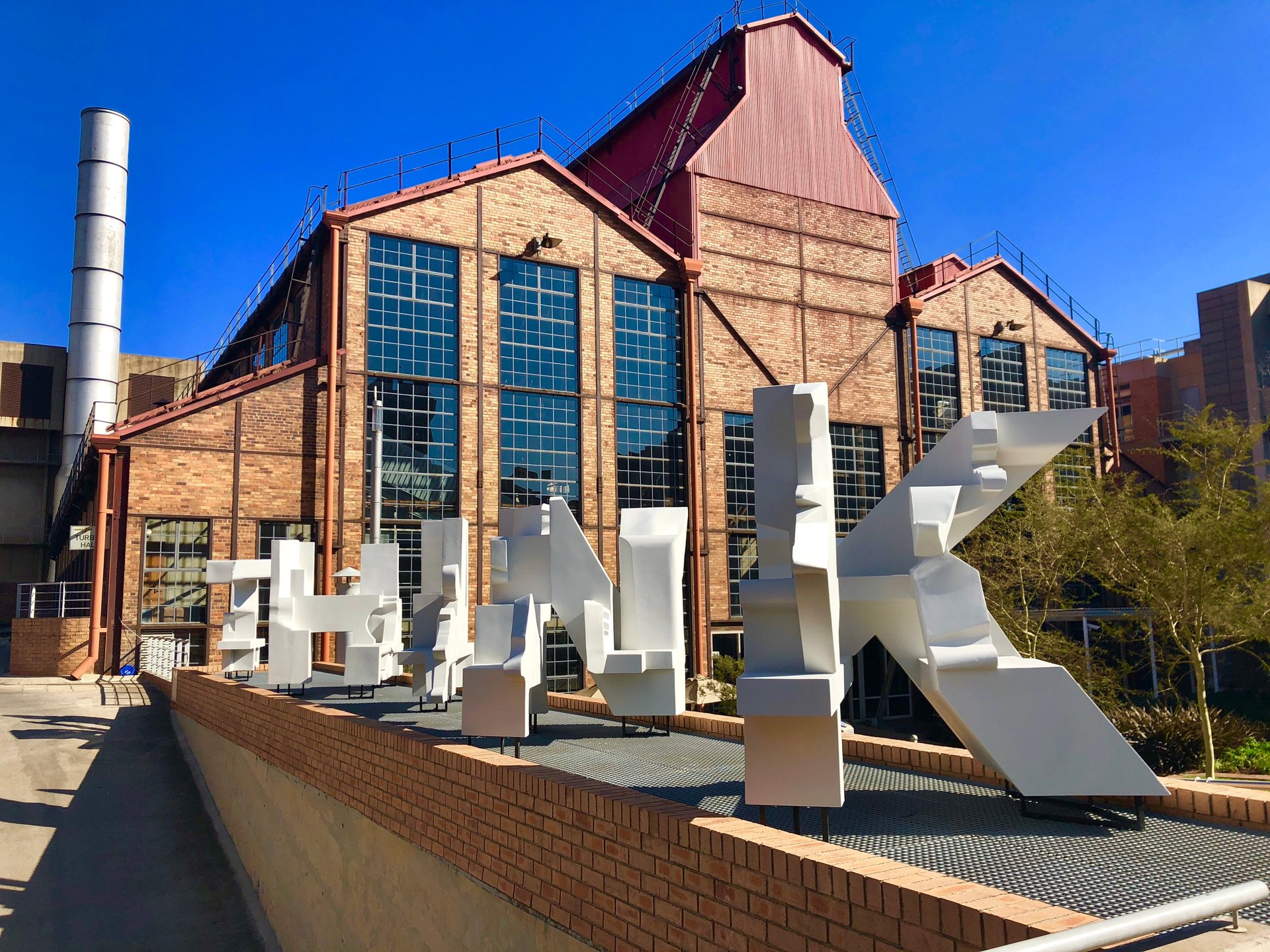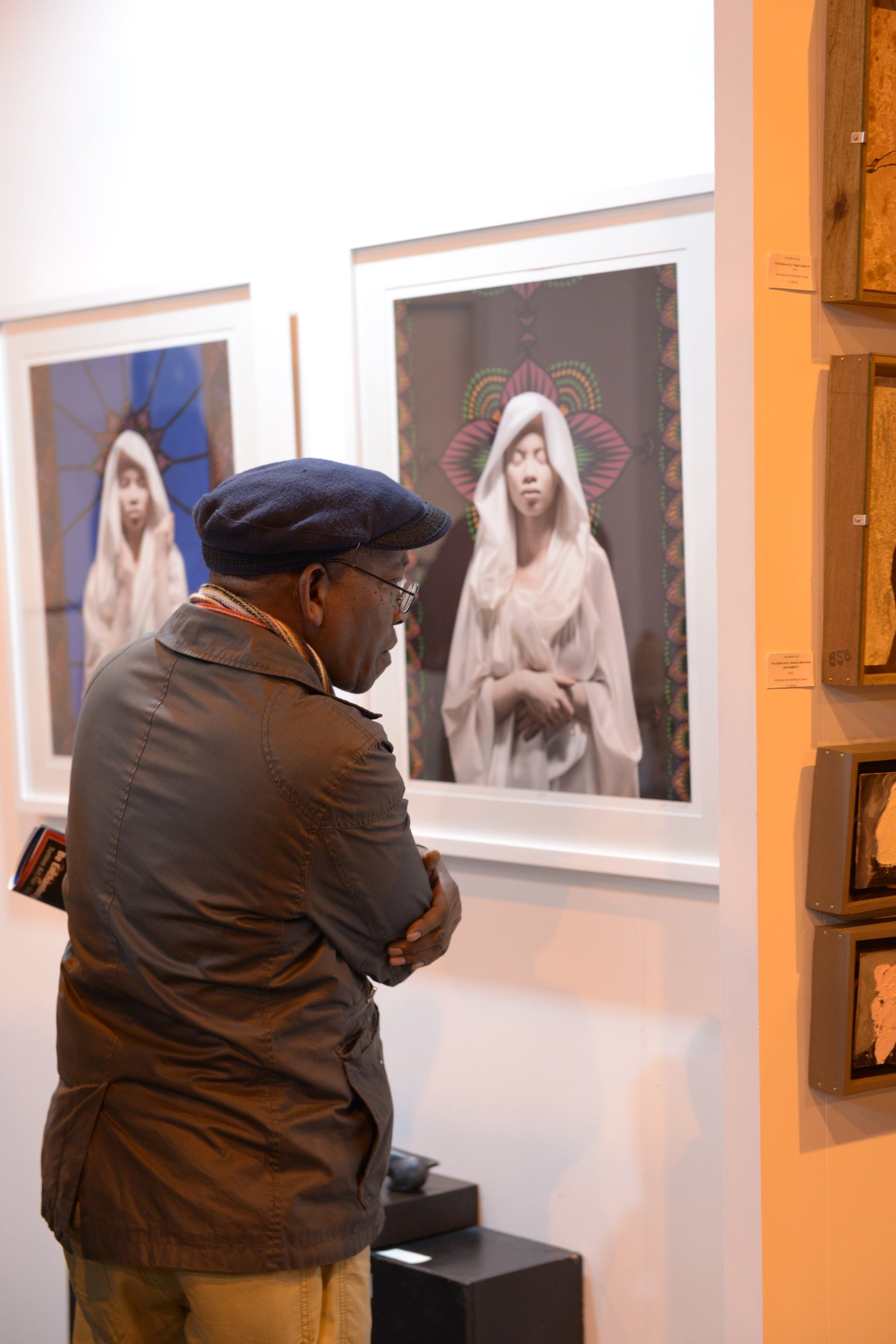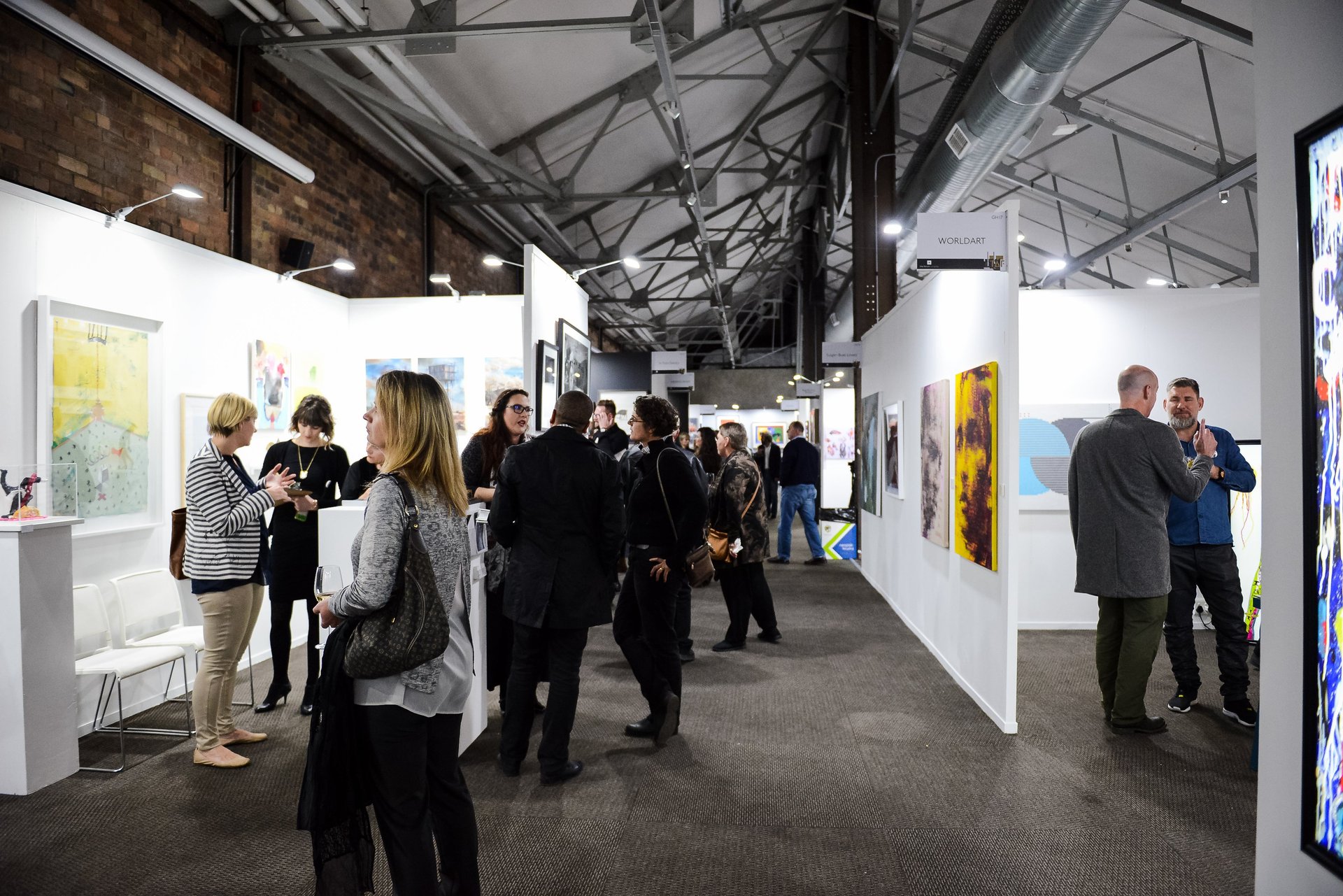South Africa’s contemporary art market is starting to open up to everyday collectors
Johannesburg


Johannesburg
It’s art fair season, when fine art becomes accessible to novices. Everyone wants to get in on the current boom around contemporary African art, but first-time buyers are caught between getting the next big name at a discount or taking home a non-starter.
In its sixth year, the Turbine Art Fair is held in a repurposed Victorian factory in downtown Johannesburg. Kicking off fair season over the weekend of July 13 to 15, the art fair is geared toward first-time buyers.

“The purpose of Turbine Art Fair is to develop young artists and grow the market for African art,” Glynis Hyslop, founder of Turbine Art Fair. For that reason, prices range between 1,000 rand and 50,000 rand (less than $75 to to just over $3,700). While the fair doesn’t have exact data on revenue over the years, galleries exhibiting at the fair have reported good sales, especially in the 5,000 rand to 10,000 rand ($372 to $745) bracket, fair organizers said.
At these prices and in the casual setting of a fair, acquiring art feels far more accessiblle than buying from an intimidating gallery. Yet, for first-time collectors, the maze of booths can be bewildering. Many of the featured artist are emerging, so there is no telling whether the piece will end up being an investment.
“When art fairs started they were basically bazaars. It was art that did not sell,” says Makgati Molebatsi, recalling how real collectors avoided art fairs and artists hated having to attend. Now, its an event on many cities’ social calendars. Molebatsi began her own career working in the hospitality sector of the now defunct Johannesburg Biennale. With over two decades’ experience, Molebatsi works as a consultant, helping collectors and artists navigate the industry.
Do some market research
Fundamentally, new collectors should question their primary motivation for buying art, she says. There are usually three reasons to buy art, explains Molebatsi. There’s the social aspect derived from the satisfaction of having your guests recognize the work on your walls. Then there’s the more practical investment reason, which considers how much a piece of art could be worth in a few years and to resell at a profit.

Determining market value requires more research and a basic knowledge of the secondary art market, said Molebatsi. While the primary art market is directly between gallery and collector or artist and collector, the secondary market is where the cogs of the art industry turn. Here, you’d need to consider which curators have included the artist’s work in their non-selling exhibitions, where the artist has exhibited and who has the artists work in their collection.
“It’s public information, but you have to know where to look,” says Molebatsi, adding that industry databases usually have a pay-wall. First purchases, however, are usually more emotive, and that’s okay.
Go with your gut
“When you buy your first piece of art, buy for essential value; buy what talks to you, buy what resonates with you,” she says.
“I’m sitting with a lot of duds in my house, but I love them,” Molebatsi laughs; referring to work that never quite became a financial investment.
Like most emotions love of an artwork isn’t constant and it shifts as the collector’s eye evolves. First loves are usually more literal, like a cityscape or political commentary, explains Molebatsi. As new collectors become more immersed in the art world and become more educated, their tastes and purchases, tend to move more toward the abstract.
Google the artist
It may be difficult for buyers to discern from the excitable press releases from galleries, but its important to look at the artist’s career trajectory, and the professional moves they’ve made, says Molebatsi.
An artist who has nurtured his career like this is Nelson Makamo, she says. His distinctive black and white portraits appear in several galleries’ booths around the fair and, among Johannesburg’s art-buying middle class he’s a sought after name. Now signed to the Everard Read gallery, he’s exhibited internationally and his latest work boldly delves into color.
Yet, Molebatsi remembers a time when Makamo had to sell from the floor his of apartment. Art dealer and gallerist Dale Sargent remembers those early years buying directly from Makamo. Now, Sargent can only find Makamos on the secondary market.

At the Turbine Art Fair, his booth features a desk designed by Makamo, and lesser known etchings by internationally acclaimed artist William Kentridge. The pieces are just below the fair’s fifthy-thousand cap, but he hopes that it will also bring traffic to his studio space in suburban Johannesburg.
“Everyone that’s at my stand that’s even half-interested, I want to get their details, understand what they’re interested in, follow up and get them as a client going forward,” he told Quartz.
Over the next few weeks, Nairobi, Lagos and other African cities will all host their own art fairs, and from among the curious visitors a few serious collectors will emerge.